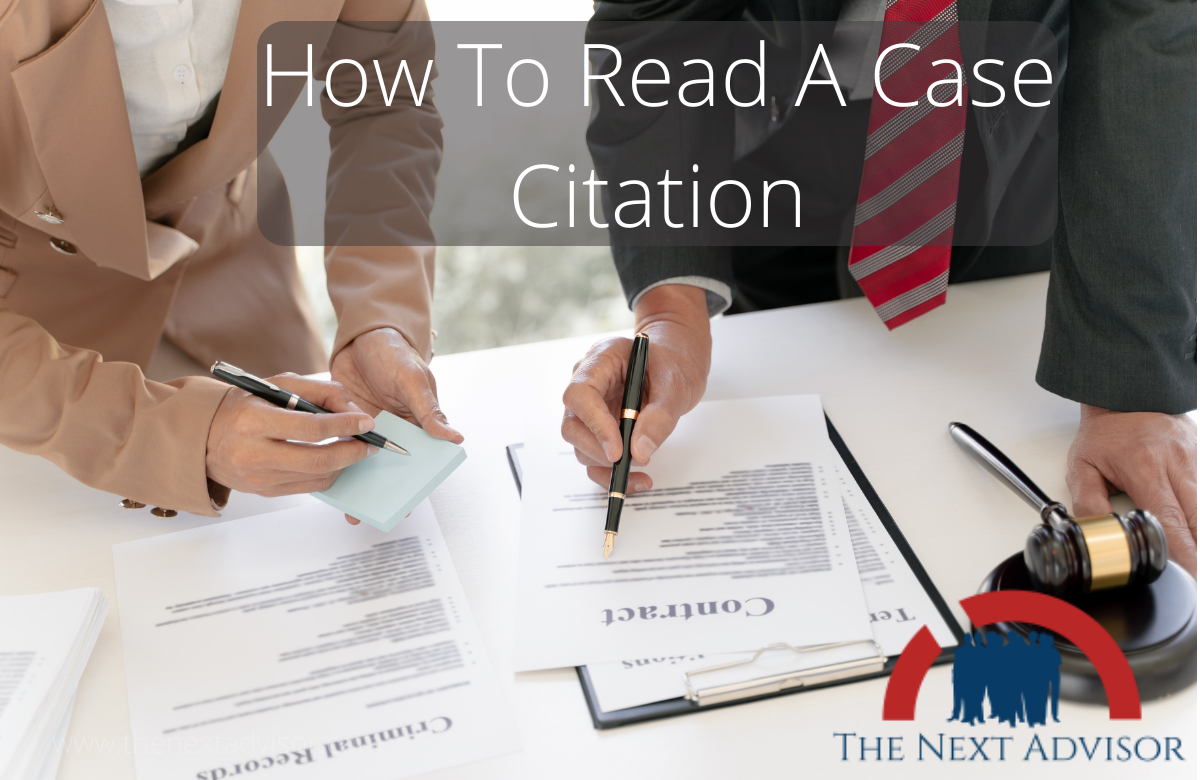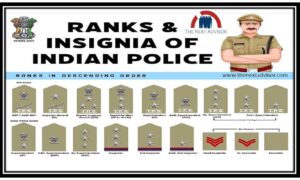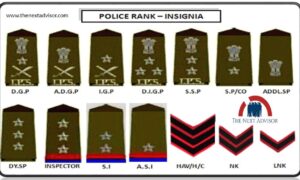How to read a case citation is a question, which comes to the mind of every law student and the question How to read a case citation, is also comes to the mind of the Advocates. It is really confusing question because law students are very confusing to understand How to read a case citation. Don’t worry, it is very easy to understand the answer to the question i.e., How to read a case citation.
Case citations are very important from the perspective of competitive exams, law students, and law practitioners. Case citation is also important to the judges also because Judges rely on the judgment of their superior court. Lower courts are bound to the judgment of their superior courts.
Why the question comes to mind of How to read a case citation?
Whenever you read the case, you see very long numbers along with the name of the case, which is very confusing and incomprehensible. So here you will get complete information that what is the meaning of these numbers and for what they are given, then we will understand this with an example. Whatever event or news you happen across the country or around the world, it is published in the newspaper. why is this done?.
Because all the people in the world have to know about that incident. People could get the information completely. In the same way, in the High Court and in the Supreme Court, whatever judgments are given in new cases, they are printed in hard copy and soft copy and made open for public reading.
Why the judgments are cited?
And those judgments are published in soft copy / hard copy and also recorded and they are made available to us for our information to read. This is done so that the judgment can come into the public domain. Whatever suggestions have been given in it, whatever judgments have been given it can come in the public domain and people can understand what this judgment says, what the judgment says and people can get information about the law and public will become aware of the law.
In this way, Judgment becomes Public, so It has a lot of different publishers for that. The most common one I’ve seen and maybe you guys have seen too, is AIR. Do you know what is the Long form of AIR? The long-form of AIR is All India Reporter. All India Reporter is a legal publishing house established in the year 1914.
It has its head office in Nagpur. So we can say that All India Reporter (AIR) is a Nagpur-based publishing house. After this, there is a second common publishing house is SCC. The long-form of SCC is Supreme Court Cases. It was in the 1940s when two brothers, the Late Shri C.L. Malik and his younger brother, the Late Shri P.L. Malik, decided to settle in Lucknow and embark upon a career in law bookselling and publishing.
The head office of Supreme Court Cases (SCC) is in Lakhnow. SO we can say that SCC is Lakhnow based publishing house. The one more Publication is SCR- The long form of SCR is Supreme Court reporter. SCR is an Official Reporter.
List Of Some Common Case Citation Publishers…
-
AIR- All Indi Reporter.
-
SCC- Supreme Court Cases.
-
SCR- Supreme Court Reporter ( Official Reporter ).
-
Comp. L. J. – Company Law Journal.
-
C.L.J. – Criminal Law Journal.
-
L.L.J. – Labour Law Journal.
AND MANY MORE…..
There are many more such publishing houses, so they publish the judgment for the public. But all these publishing houses do not make all the judgments public at once. It divides the Differently Different Judgment into different Different Volumes. like volume 1, volume 2, volume 10… There are different volumes. So let us understand them with the help of a case example. And we will also find hear the answer to How to read a case citation?
Example:- Kesavananda Bharti V. The State of Kerala (1973) 4, SCC 225.
-
Kesavananda Bharti V. The State of Kerala:- It is the name of the case and parties.
-
(1973):- It is the year of the delivery and the year of the reporting of Judgement.
-
4:- It is the number of volumes of that Publishing house book.
-
SCC:- It is the name of the house of publication in which this judgment is reported.
-
225:- It is the page number of that published book volume.

Name Of The Parties & Judgment Reporting Year
The name of the case comes first and after that year of Judgement, it defines in which year this judgment came/reported/delivered. Then after the year, you will get to see another number which depends on which volume you will get this judgment. After that comes the name of which publishing house published this judgment. This means which house of publishing reported this judgment.
You will find another number after the name of the publication house. It will be telling that on which page number of that volume of that law journal you will get that judgment to read i.e. on which page number of that volume that judgment is reported.
So this is the meaning of the number and name appearing in any judgment!
Normally students feel that they have to memorize all these things to remember any case law which is visible in study books or law journals. ie year volume, name of publication house, and the page number. But nothing like that. Students feel that they have to memorize all this. But this is not true.
If it is not true, then how to read a case citation?
In maximum cases, it happens that you have to memorize only the name of the case law i.e. the name of the party like in this case you have to remember only Keshav Nanda Bharati vs the State of Kerala. And for some cases, it is important to remember the year as well, but it is not necessary to remember the page number, volume, and name of the publication house.
Because it is not necessary for any exam or for any other legal perspective. For the study, you should not memorize volume number two publication house and page number because you are not asked this in any exams and also not asked for any other legal perspective. But for some cases, It is also important to remember the year/year of reporting of that case, along with the name of the parties. In this example, you have to remember 1973.
Like, in this case, i.e. in this example you get the parties name, Keshav Nanda Bharati Vs State of Kerala, its year i.e. in which year it was reported. You also have to remember the year 1973. These two things are important to remember in a landmark judgment. This thing has always been kept in mind that in the judgments, apart from party name and year, you do not need to remember anything else, you do not have t remember the rest of the case citation.
That means you do not need to memorize the page number, volume number, and the name of the publication house in any case at all For any perspective. Because these things differ in every law report citation/Lau journal. Volume number, the name of the publication house, and page number these three things that will be different in every law report.
In this case, it will be different in SCC and it will be different in CLJ. The volume number will be different and the page number will also be different. That is why there is no need to memorize the page number, volume number, and the name of the publication house. That’s why only the name of parties and the year of judgment/reporting is important for the study and for the Read Case Situation. This is how to read a case citation…



























